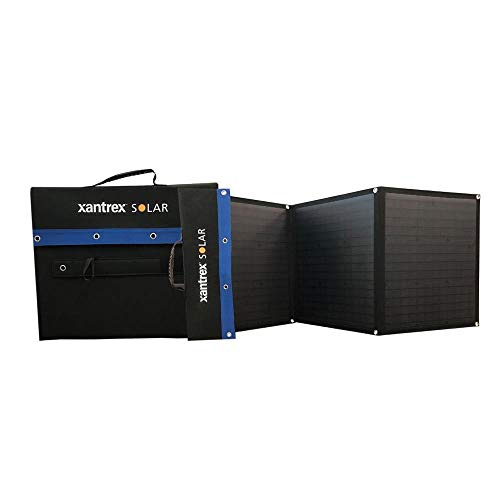PlethoraOfGuns
Well-known member
I used to be all team Renogy. Never had an issue with any of their equipment. But their customer service is pretty much non existent, so I left them behind. Any MPPT controller is going to cost money. You're paying for the magic technology they have. Not sure how one can cost as low as $20, but I have no proof otherwise.
I've heard nothing bad about Victron. I was indeed concerned about their equipment not having screens. But everyone swears by them. They are indeed built like tanks, super high quality stuff. I bit the bullet on my last build and couldn't be happier. I can sit outside by the campfire and monitor all the stuff from my phone. It's kind of addicting. If the Bluetooth ever fails, which I've never heard of, you can connect via cable to computer and such.
Whatever you get, do the research, take in all the opinions, and make sure your numbers are right, crossing all your i's, and dotting all your t's. Buy once cry once is such a true statement/feeling.
I've heard nothing bad about Victron. I was indeed concerned about their equipment not having screens. But everyone swears by them. They are indeed built like tanks, super high quality stuff. I bit the bullet on my last build and couldn't be happier. I can sit outside by the campfire and monitor all the stuff from my phone. It's kind of addicting. If the Bluetooth ever fails, which I've never heard of, you can connect via cable to computer and such.
Whatever you get, do the research, take in all the opinions, and make sure your numbers are right, crossing all your i's, and dotting all your t's. Buy once cry once is such a true statement/feeling.




























































